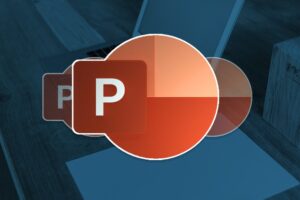SQL & MySQL for Beginners: Analyse and Manipulate Data
Learn SQL with MySQL: Build and query database objects, Retrieve and Manipulate Data Using SQL Commands
What you’ll learn
SQL & MySQL for Beginners: Analyse and Manipulate Data
-
How to create databases and tables
-
Build SQL Queries to manipulate databases
-
Perform data analysis with SQL
-
Perform Database Table Joins
-
Alter Database Table Structure
-
Create a database in MySQL
-
Create a table in MySQL
-
Query database
-
Create views
-
Learn how to Create stored procedures
-
Create subqueries
-
Use aggregate functions in querying database
-
Use various operators in querying database
Requirements
-
A computer and internet access required
Description
SQL is a standard language for accessing and manipulating databases.
Although SQL is an ANSI/ISO standard, there are different versions of the SQL language. However, to be compliant with the ANSI standard, they all support at least the major commands (such as SELECT, UPDATE, DELETE, INSERT, WHERE) in a similar manner.
- SQL stands for Structured Query Language
- SQL lets you access and manipulates databases
- The SQL became a standard of the American National Standards Institute (ANSI) in 1986, and of the International Organization for Standardization (ISO) in 1987
- SQL can execute queries against a database
- SQL can retrieve data from a database
- The SQL can insert records in a database
- SQL can update records in a database
- SQL can delete records from a database
- The SQL can create new databases
- SQL can create new tables in a database
- SQL can create stored procedures in a database
- The SQL can create views in a database
- SQL can set permissions on tables, procedures, and views
Most of the SQL database programs also have their own proprietary extensions in addition to the SQL standard!
MySQL is a very popular open-source relational database management system (RDBMS).
- The MySQL is a relational database management system
- MySQL is open-source
- The MySQL is free
- MySQL is ideal for both small and large applications
- MySQL is very fast, reliable, can be scaled, and easy to use
- The MySQL is cross-platform
- MySQL is compliant with the ANSI SQL standard
- MySQL was first released in 1995
- The MySQL is developed, distributed, and supported by Oracle Corporation
- MySQL is named after co-founder Monty Widenius’s daughter: My
Huge websites like Facebook, Twitter, Airbnb, Uber, GitHub, YouTube, etc.
Content Management Systems like WordPress, Drupal, Joomla, etc.
A very large number of web developers around the world use MySQL in their development.
Who this course is for:
- Beginners to SQL
- Beginners to MySQL
- The Beginners to Data Science
- Beginner Data Analyst
- Beginner Database Administrators
- Last updated 7/2021









